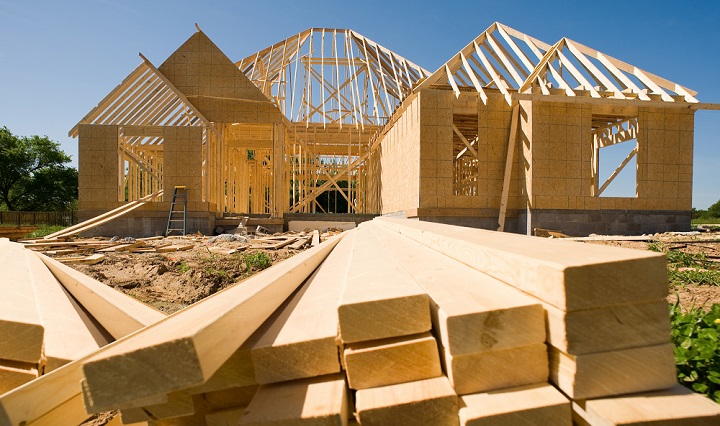Energy Crisis 2022: Top ways to save energy in your home
We have all realised that the Uk is currently going through an energy crisis. The 2021–present global energy crisis is the most recent in a series of recurring energy shortages experienced over the last fifty years. Many households and businesses are struggling to afford the increase in prices, so here is a list of ways you can reduce the use of energy in your home.
How did the energy crisis occur?
In 2019-2022 the Covid-19 pandemic first caused the rapid drop in energy demand and a cut in oil production. Then the Russian invasion on Ukraine has threatened the energy supply from Russia to Europe. Russia had interrupted the Nord Stream 1 pipeline flow in early September, precipitating an international gas supply crisis which was particularly felt in European gas markets
A few energy saving tips for your home –
Turning off light switches –
Firstly, turning off a light switch is one of the easiest ways to save energy. If you get in to a habit of subconsciously turning of the lights you will, see a big difference in your bills.
Install LED lights –
LED lights have become majorly popular recently due to the younger generation. However, this is a great trend because LED lights use about half of the energy of a halogen bulb. They also look more stylish and are more affordable.
Turn your thermostat down –
Almost half of the money spent on bills is taken by heating and hot water. For each degree you decrease the temperature, you can expect to cut bills by 4%. This could save you up to £80-£100 a year.
Use less water –
An easy way to save more water is to stop letting the tap run when you’re are not using it. For example, when you are brushing your teeth, or washing the dishes. By doing this you can save around £25 a year. By spending less time in the shower or buying a more efficient shower head can save you as much as £18 per year.
Unplug your devices –
Unplugging your devices rather than leaving them on stand buy can save your electricity bill.








